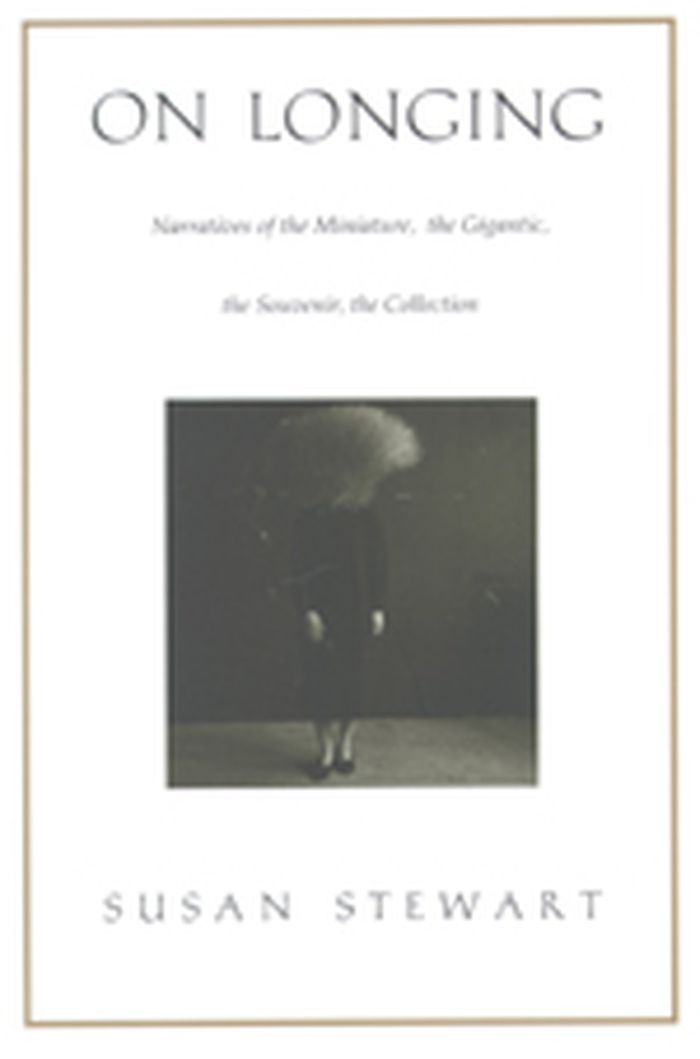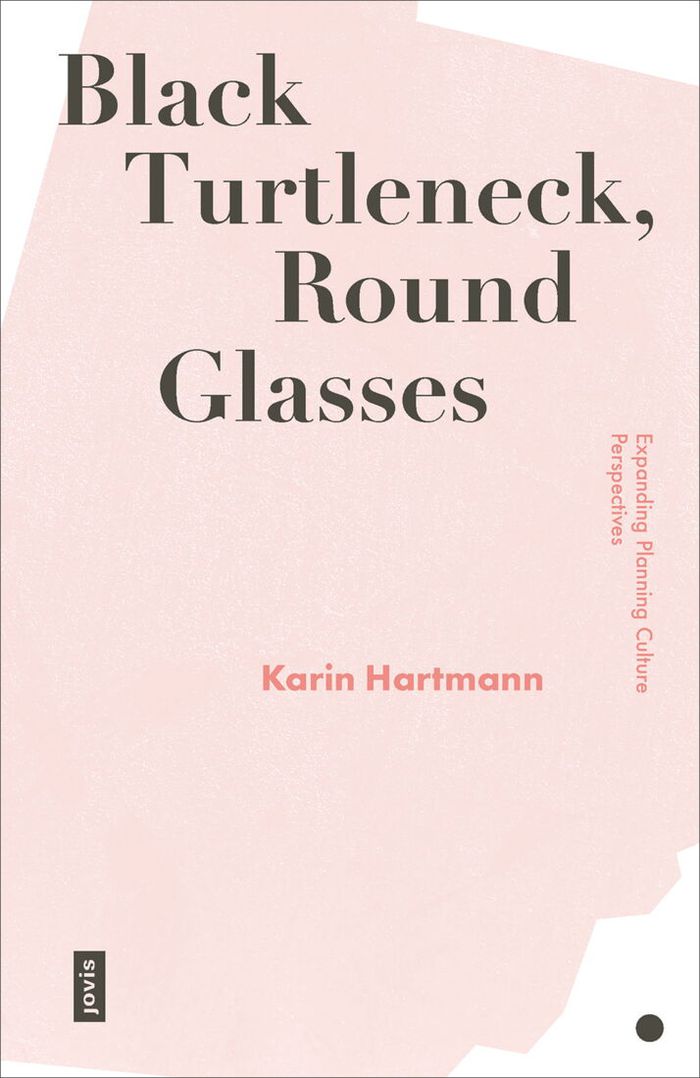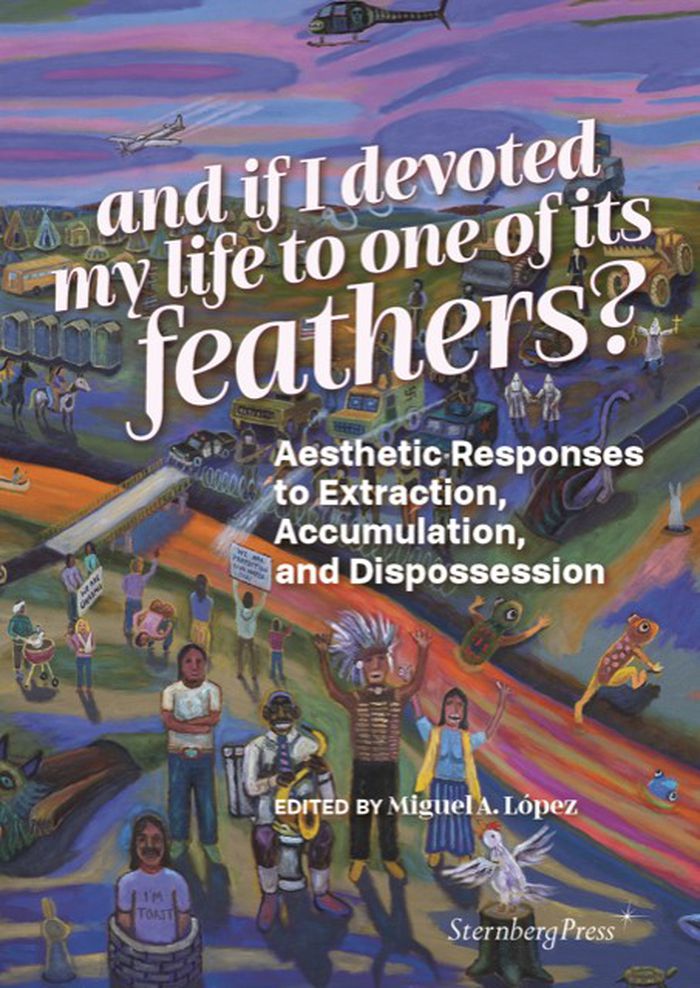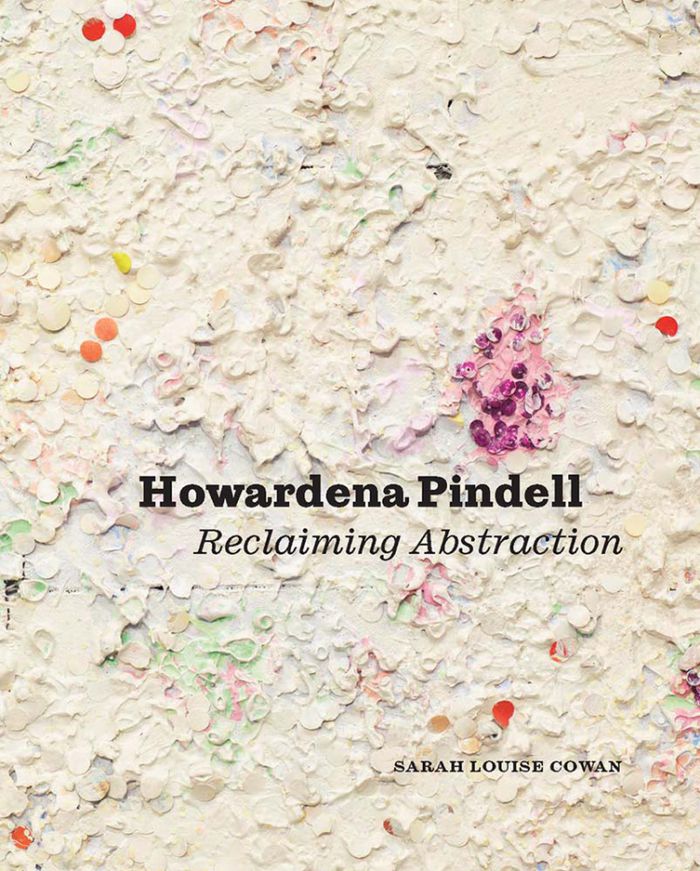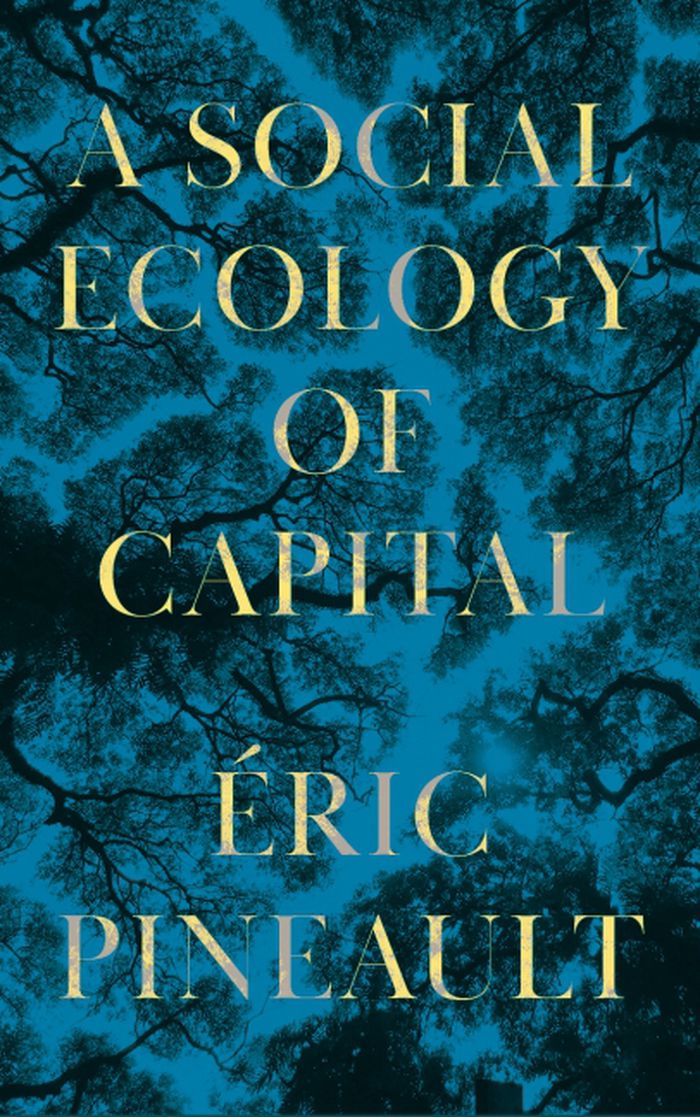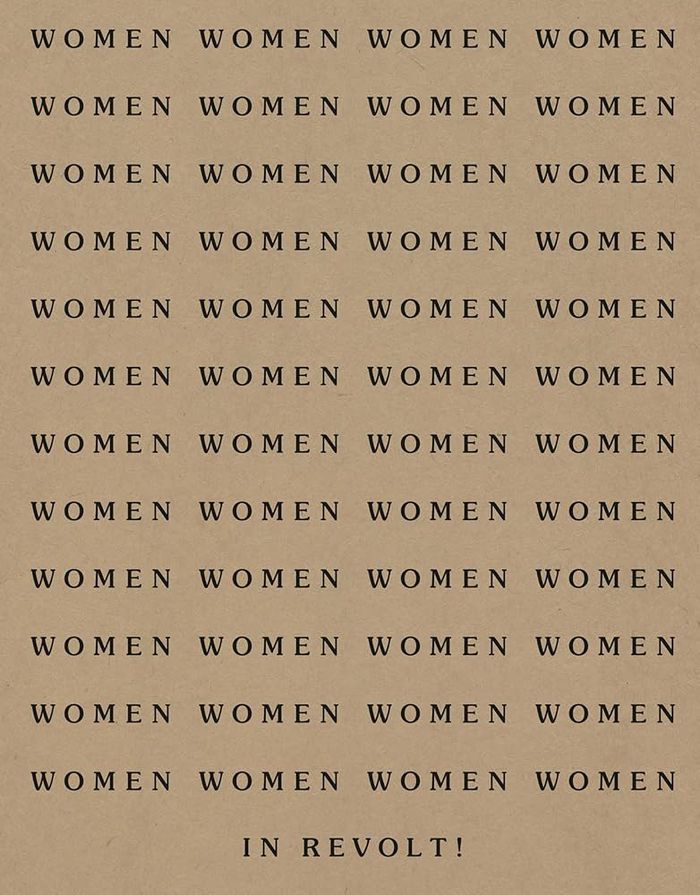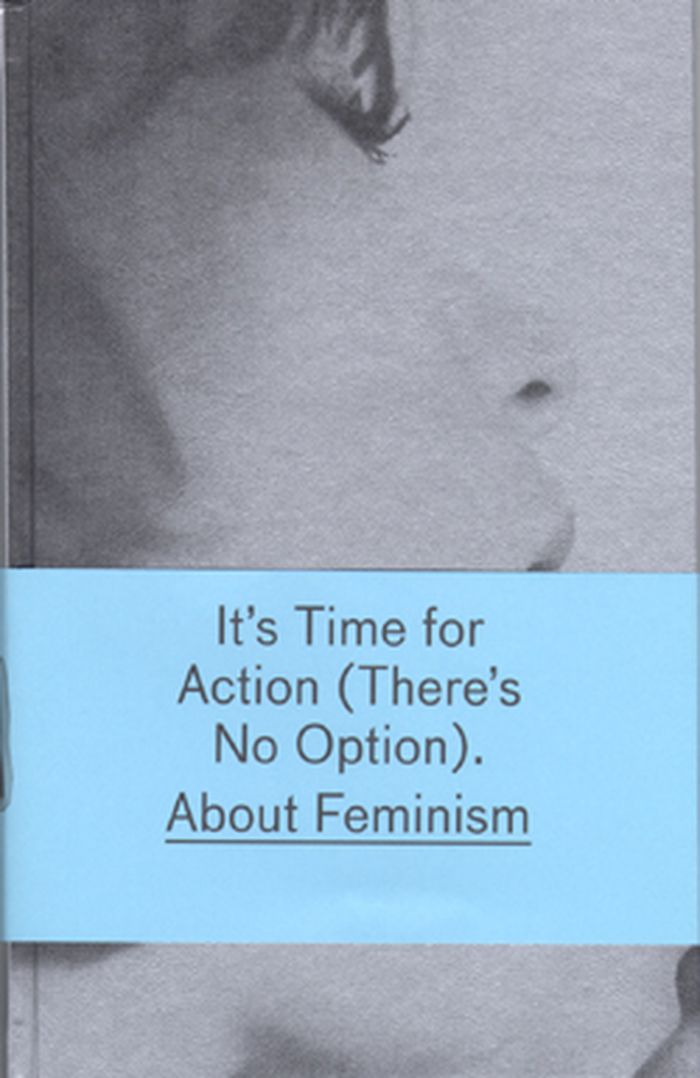livres
Anna Oppermann : drawings
$56.00
(disponible sur commande)
Résumé:
From her beginning in the mid-1960s through the early ’70s, German artist Anna Oppermann (1940–1993)—best known for her encyclopedic, immersive installations—created an astonishing series of surreal, almost psychedelic drawings that quietly explode the private space of the home, and her experience within it. These early drawings contribute to a feminist reentering of(...)
Anna Oppermann : drawings
Actions:
Prix:
$56.00
(disponible sur commande)
Résumé:
From her beginning in the mid-1960s through the early ’70s, German artist Anna Oppermann (1940–1993)—best known for her encyclopedic, immersive installations—created an astonishing series of surreal, almost psychedelic drawings that quietly explode the private space of the home, and her experience within it. These early drawings contribute to a feminist reentering of spheres traditionally associated with women, casting everyday objects as symbolic, consequential protagonists: houseplants sprawl to take over the picture plane, windows and mirrors provide views into other worlds and tables display drawings that themselves open out into new domestic scenes. By placing her own body—her knees, arms, the back of her head—as reference points in the work, Oppermann emphasizes the gendered realms of the home and the relationships that we form to our private spaces. This volume gathers these drawings and early installations in an English-language publication for the first time.
livres
mars 2020
$29.00
(disponible en magasin)
Résumé:
The twelfth volume of the Critical Spatial Practices series focuses on 'Don't Follow the Wind,' the acclaimed collaborative project situated in the radioactive Fukushima exclusion zone. The exhibition is located inside the exclusion zone, an evacuated radioactive area established after the nuclear disaster that forcibly separated residents from their homes, land, and(...)
Don't follow the wind: critical spatial practice 12
Actions:
Prix:
$29.00
(disponible en magasin)
Résumé:
The twelfth volume of the Critical Spatial Practices series focuses on 'Don't Follow the Wind,' the acclaimed collaborative project situated in the radioactive Fukushima exclusion zone. The exhibition is located inside the exclusion zone, an evacuated radioactive area established after the nuclear disaster that forcibly separated residents from their homes, land, and community. In cooperation with former residents, participating artists installed newly commissioned works at sites in the exclusion zone. Although the exhibition opened in March 2015, the zone is still inaccessible to the public — the exhibition, like the radiation, is virtually invisible. The exhibition can only be viewed when restrictions are lifted and people are permitted to return. This might take several years or decades — a period that could extend beyond our lifetime. The book includes new texts by feminist theorist Silvia Federici, art historians Noi Sawaragi and Sven Lütticken, and political philosopher Jodi Dean.
Théorie/ philosophie
$39.95
(disponible sur commande)
Résumé:
Miniature books, eighteenth-century novels, Tom Thumb weddings, tall tales, and objects of tourism and nostalgia: this diverse group of cultural forms is the subject of On Longing, a fascinating analysis of the ways in which everyday objects are narrated to animate or realize certain versions of the world. Originally published in 1984 (Johns Hopkins University Press), and(...)
janvier 1993, Durham
On longing : Narratives of the miniature, the gigantic, the souvenir, the collection
Actions:
Prix:
$39.95
(disponible sur commande)
Résumé:
Miniature books, eighteenth-century novels, Tom Thumb weddings, tall tales, and objects of tourism and nostalgia: this diverse group of cultural forms is the subject of On Longing, a fascinating analysis of the ways in which everyday objects are narrated to animate or realize certain versions of the world. Originally published in 1984 (Johns Hopkins University Press), and now available in paperback for the first time, this highly original book draws on insights from semiotics and from psychoanalytic, feminist, and marxist criticism. Addressing the relations of language to experience, the body to scale, and narratives to objects, Susan Stewart looks at the "miniature" as a metaphor for interiority and at the "gigantic" as an exaggeration of aspects of the exterior. In the final part of her essay Stewart examines the ways in which the "souvenir" and the "collection" are objects mediating experience in time and space.
$42.00
(disponible sur commande)
Résumé:
According to a recent American study, sexism and racism are so widespread in architecture that there is a distaste for these topics within the branch itself. What are the reasons for this exclusionary working culture? Even in Germany, most architecture graduates since the turn of the millennium have been female—but a large number of conventions and assumptions within the(...)
Black turtleneck, round glasses
Actions:
Prix:
$42.00
(disponible sur commande)
Résumé:
According to a recent American study, sexism and racism are so widespread in architecture that there is a distaste for these topics within the branch itself. What are the reasons for this exclusionary working culture? Even in Germany, most architecture graduates since the turn of the millennium have been female—but a large number of conventions and assumptions within the discipline make it difficult for women to remain in the profession. As a result, a great deal of highly trained talent is lost. This book uses an intersectional feminist perspective to examine the structural causes that push women—and anyone else who isn’t a white cis man—out of the field. How can architectural teaching and discourse, as well as the industry’s self-image, become more diverse? Where are the experiences of a pluralistic society missing from the built environment? How can we bring about cultural change in planning and architecture?
And if I devoted my life to one of its feathers? Aesthetic responses to extraction, accumulation
$27.00
(disponible sur commande)
Résumé:
“And if I devoted my life to one of its feathers?” wrote the Chilean poet, artist, and feminist activist Cecilia Vicuña in the early 1970s. Vicuña countered anthropocentric and hetero-patriarchal urges with healing and appreciation, reviving the aesthetic and spiritual bonds between human and more-than-human entities and worlds. Revolving around this vision of(...)
And if I devoted my life to one of its feathers? Aesthetic responses to extraction, accumulation
Actions:
Prix:
$27.00
(disponible sur commande)
Résumé:
“And if I devoted my life to one of its feathers?” wrote the Chilean poet, artist, and feminist activist Cecilia Vicuña in the early 1970s. Vicuña countered anthropocentric and hetero-patriarchal urges with healing and appreciation, reviving the aesthetic and spiritual bonds between human and more-than-human entities and worlds. Revolving around this vision of interconnectivity, this book, which accompanies a joint exhibition of the same name of Kunsthalle Wien and Wiener Festwochen, seeks to create a collective dialogue around unequal distribution of power, sovereignty, and social and ecological justice. The exhibited works and written contributions reflect on the rationale of exploitation, the fast-paced mining of raw materials, and environmental destruction as a colonial legacy. They deconstruct Western anthropocentric models and enduring colonial and racist discourses, trace the stories of indigenous struggles for collective survival, and celebrate encounters defined by solidarity in their resistance to capitalist extraction, misogyny, imperialist violence, and dispossession.
Théorie de l’art
$80.00
(disponible sur commande)
Résumé:
An examination of the multifaceted career of artist, activist, curator, and writer Howardena Pindell (b. 1943). It offers a fresh perspective on her abstract practice from the late 1960s through the early 1980s—a period in which debates about Black Power, feminism, and modernist abstraction intersected in uniquely contentious yet generative ways. Sarah Louise Cowan not(...)
Howardena Pindell: Reclaiming abstraction
Actions:
Prix:
$80.00
(disponible sur commande)
Résumé:
An examination of the multifaceted career of artist, activist, curator, and writer Howardena Pindell (b. 1943). It offers a fresh perspective on her abstract practice from the late 1960s through the early 1980s—a period in which debates about Black Power, feminism, and modernist abstraction intersected in uniquely contentious yet generative ways. Sarah Louise Cowan not only asserts Pindell’s rightful place within the canon but also recenters dominant historical narratives to reveal the profound and overlooked roles that Black women artists have played in shaping modernist abstraction. Pindell’s career acts as a springboard for a broader study of how artists have responded during periods of heightened social activism and used abstraction to convey political urgency. With works that drew on Ghanaian textiles, administrative labor, cosmetics, and postminimalism, Pindell deployed abstraction in deeply personal ways that resonated with collective African diasporic and women’s practices. In her groundbreaking analysis, Cowan argues that such work advanced Black feminist modernisms, diverse creative practices that unsettle racist and sexist logics.
A social ecology of capital
$37.95
(disponible en magasin)
Résumé:
Faced with an ecological crisis of existential proportions, the economic relations of capitalism have only fanned the flames. The transformation of property relations is an urgent necessity, but not, in itself, enough to save us. Enter 'degrowth': a concept that radically challenges contemporary life, culture and economics as we know it. Through an impressive synthesis of(...)
A social ecology of capital
Actions:
Prix:
$37.95
(disponible en magasin)
Résumé:
Faced with an ecological crisis of existential proportions, the economic relations of capitalism have only fanned the flames. The transformation of property relations is an urgent necessity, but not, in itself, enough to save us. Enter 'degrowth': a concept that radically challenges contemporary life, culture and economics as we know it. Through an impressive synthesis of the traditions of eco-Marxism and feminist ecological economics, Éric Pineault presents a well-rounded critique of contemporary capitalist growth and its socio-ecological contradictions, in which growth is understood as both a biophysical and accumulation process. The book provides fresh answers to key questions of current socio-ecological debates: Why does capitalist society depend on accelerating growth? Why is the constant upscaling of its economic process necessary for its social stability? How does this deepen the ecological contradictions that humanity now faces? And what can we learn from this for our understanding of emancipatory futures?
Women in revolt!
$63.00
(disponible en magasin)
Résumé:
''The Women in Revolt!'' exhibition book is a crucial exploration of the wealth and diversity of work by women artists working in the 1970s and 1980s during a period of seismic social and political change. Across a wide variety of mediums including painting, drawing, sculpture, performance, film and photography, this extensive exhibition catalogue reflects on how(...)
Women in revolt!
Actions:
Prix:
$63.00
(disponible en magasin)
Résumé:
''The Women in Revolt!'' exhibition book is a crucial exploration of the wealth and diversity of work by women artists working in the 1970s and 1980s during a period of seismic social and political change. Across a wide variety of mediums including painting, drawing, sculpture, performance, film and photography, this extensive exhibition catalogue reflects on how women's needs were marginalised within mainstream culture and reveals how artists used radical ideas and methods to confront issues that will resonate with contemporary audiences — from access to healthcare and class struggles to ecological disaster, racism and misogyny. Featuring essays on feminist film distribution, the visibility of Black and South Asian women artists, Section 28 and the AIDS pandemic, Greenham Common and the peace movement, and the intersection of punk, feminism and art, ''Women in Revolt!'' celebrates the full diversity of what was a highly creative, politically engaged and determined community of women that paved the way for future generations and, ultimately, changed the face of British culture.
Théorie de l’art
$39.00
(disponible sur commande)
Résumé:
Based on an exhibition of the same title, this book focus on self-confident, non-conformist feminist positions, and points out that new role models and strategies are being requested. In her essay, Amelia Jones contests the notion of a current post-feminism and, using the example of Pipilotti Rist's works, develops a model of parafeminism. Refering to Mary Beth Edelson(...)
It's time for action (there's no option) - about feminism
Actions:
Prix:
$39.00
(disponible sur commande)
Résumé:
Based on an exhibition of the same title, this book focus on self-confident, non-conformist feminist positions, and points out that new role models and strategies are being requested. In her essay, Amelia Jones contests the notion of a current post-feminism and, using the example of Pipilotti Rist's works, develops a model of parafeminism. Refering to Mary Beth Edelson and Annie Sprinkle, Maria Elena Buszek compares two generations and their respective strategies, and Katy Deepwell questions the role of female artists within art history. Mercedes Bunz looks at femininism in relation to flexibilized capitalism and diagnoses a new form of oppression. The exhibition's curator, Heike Munder, presents a survey of the exhibition's different positions and makes an appeal for new role models. With contributions by artists such as Anat Ben-David, Patty Chang, Mary Beth Edelson, Cosey Fanni Tutti, Manon, Yoko Ono, Pipilotti Rist, Katharina Sieverding, Annie Sprinkle, and Mathilde ter Heijne. Published with the Migros Museum für Gegenwartskunst, Zurich.
Expositions collectives
Queer forms
$39.95
(disponible en magasin)
Résumé:
In "Queer forms," Ramzi Fawaz explores how the central values of 1970s movements for women’s and gay liberation-- including consciousness-raising, separatism, and coming out of the closet?were translated into a range of American popular culture forms. Throughout this period, feminist and gay activists fought social and political battles to expand, transform, or wholly(...)
Queer forms
Actions:
Prix:
$39.95
(disponible en magasin)
Résumé:
In "Queer forms," Ramzi Fawaz explores how the central values of 1970s movements for women’s and gay liberation-- including consciousness-raising, separatism, and coming out of the closet?were translated into a range of American popular culture forms. Throughout this period, feminist and gay activists fought social and political battles to expand, transform, or wholly explode definitions of so-called "normal" gender and sexuality. In doing so, they inspired artists, writers, and filmmakers to invent new ways of formally representing, or giving shape to, non-normative genders and sexualities. This included placing women, queers, and gender outlaws of all stripes into exhilarating new environments?from the streets of an increasingly gay San Francisco to a post-apocalyptic commune, from an Upper East Side New York City apartment to an all-female version of Earth-- and finding new ways to formally render queer genders and sexualities by articulating them to figures, outlines, or icons that could be imagined in the mind’s eye and interpreted by diverse publics.
Théorie/ philosophie

